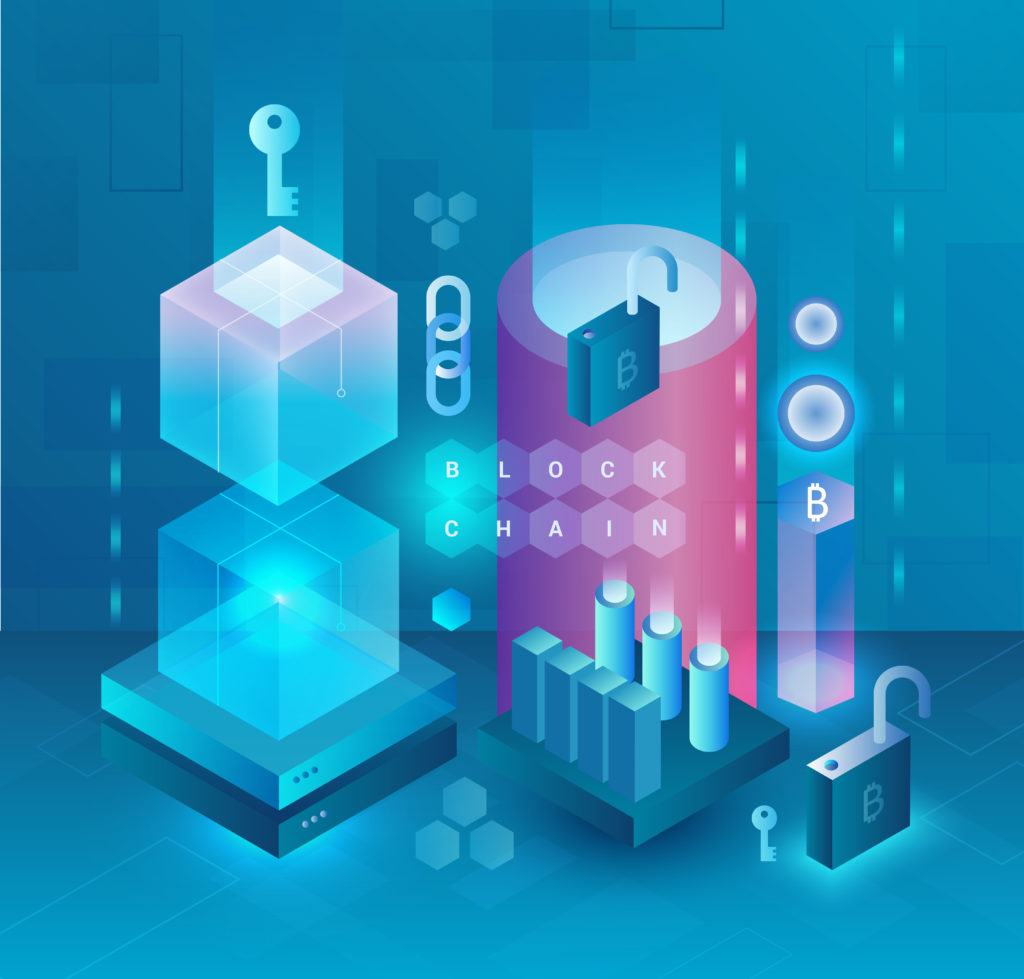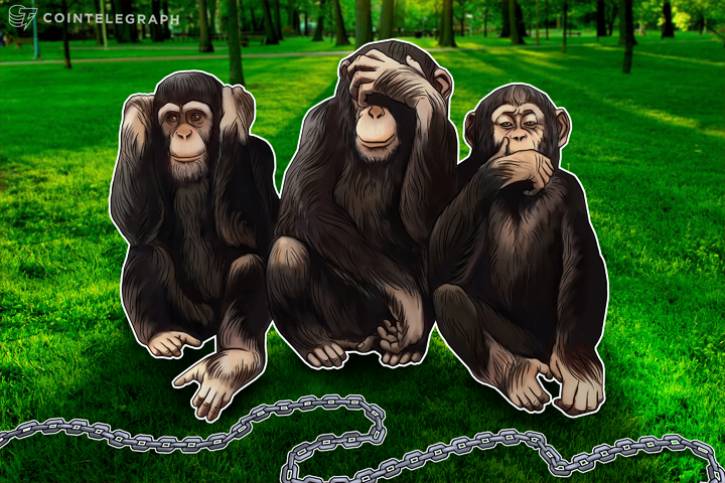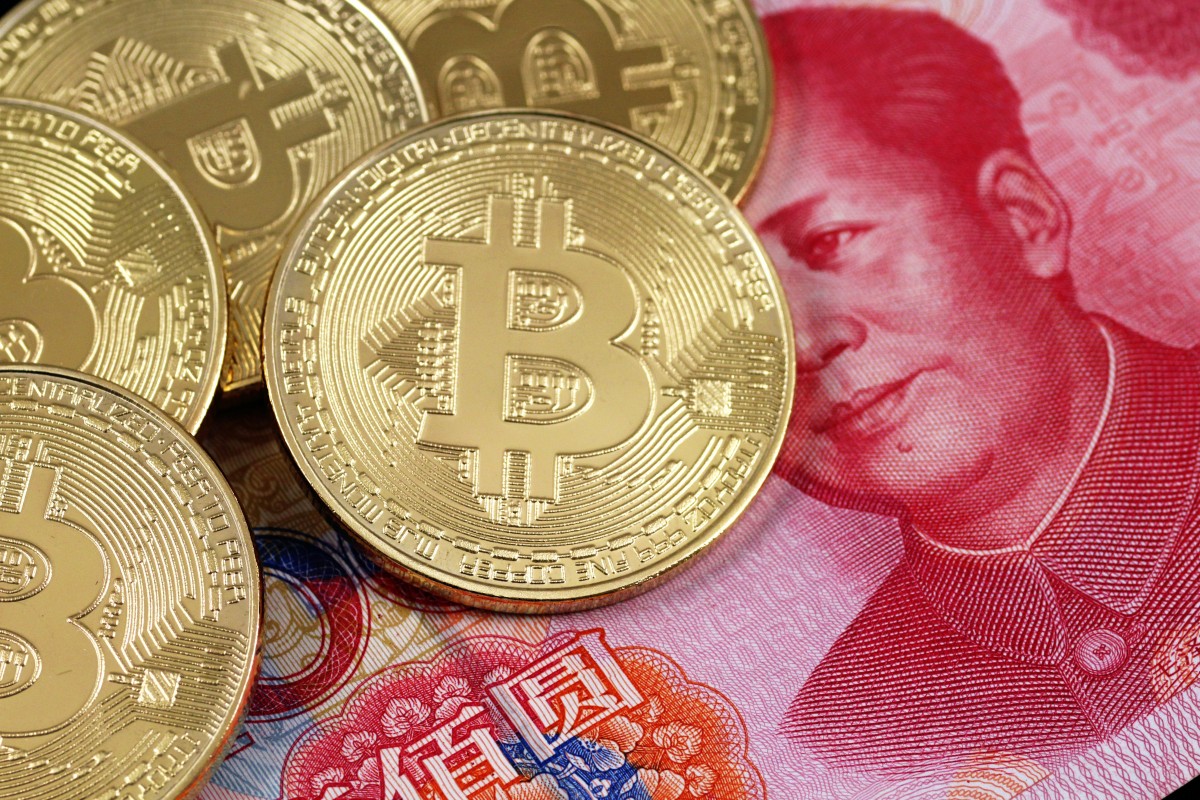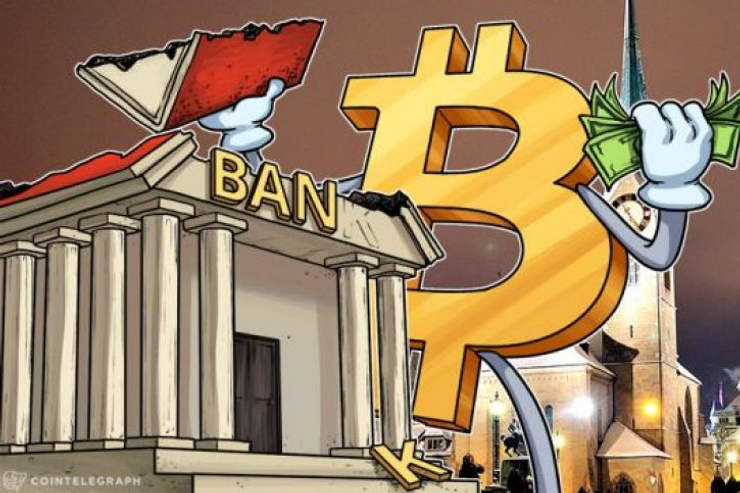Hi, I’m Adil Wali. I became a Microsoft certified professional at age 14 and started my first web development company. That led to a career as a serial entrepreneur, advisor, and startup investor. I got my first “real job” at 33, and I’m now a FinTech executive with a passion for the markets.

Surprisingly, not the way you might think.
Cryptocurrency miners aren’t digital laborers toiling away in a distant virtual mine. There are no encrypted pickaxes, digitized mining helmets and indeed no veins of binary-driven gold waiting for discovery. That’s the biggest misnomer about cryptocurrency mining and miners in the first place — no unclaimed digital riches are sitting out there, desperate for a new owner.

In fact, whoever coined the term “miners” did everyone a disservice because cryptocurrency mining is not at all like it sounds. While “minting” is undoubtedly a more representative term, it’s still not perfect.
So What Is Mining?
The key to understanding the mining concept isn’t so much in the currency itself but the blockchain side of the equation. For blockchain to perform as efficiently and effectively as everyone expects, it needs actual people to do some of the work. These people are who we call miners.
For a cryptocurrency to truly be transparent, secure and unassailable, every transaction must be encrypted before it joins the blockchain for permanent safekeeping. That intense level of encryption is where miners enter the mix, verifying the transactions and making sure they’re legitimate.
Of course, miners don’t perform these duties purely out of some sense of digital altruism but for a reward. That reward is as close as a miner can get to finding that vein of virtual gold, taking payment from that particular block’s coin. The amount of the reward depends on how much work the miner’s hardware contributed to the process.
Although we’ll expand on it in more detail in just a few moments, faster and more powerful CPUs and graphics cards have the necessary capacity to make sense of the complicated encryption and Proofs-of-Work used in the blockchain. Therefore, miners with faster, more powerful systems contribute more to the process and get bigger rewards because of it.
Mining Adds Currency to the Marketplace
Cryptocurrency was designed in large part to be the antithesis of the traditional financial system. Needless to say, a loose money supply doesn’t fit into the typical cryptocurrency model. To that point, there’s no digital version of the Federal Reserve that can adjust the amount of currency in the marketplace with a snap of the fingers.
With the sole exception of mining, the only time the system adds currency is when the entire community agrees upon it. Therefore, the coins given to miners as reward for their work is new currency that didn’t previously exist.
In that sense, other than a consensus agreement, the only way for currency supply to expand is through the work accomplished by the miners. This concept, of course, explains why “minting” is a much more accurate term for the activity than “mining.”
Your Old Laptop Isn’t Good Enough
Security is the cornerstone of the entire process. Without it, the blockchain loses its trustworthiness and the currency its value. It should go without saying that the mathematics and computing power involved in developing and maintaining the underlying security is phenomenal.
For a miner to add anything of substance to the process — and realize rewards for their efforts — any ordinary system just isn’t going to do. Cutting-edge gaming systems have the processing power and graphics cards preferred by serious miners that want to earn more than a handful of loose change for their efforts.
In fact, the newest and best gaming systems are so in demand by currency miners that they’re actually driving up the prices of the systems, much to the chagrin of the gaming community. While popular game releases might have a bit of impact, statistics show it’s the currency miners that have the most effect on gaming system price points. When cryptocurrencies hit astronomical heights in recent months, some of the better graphics cards saw short-term prices rise more than 80 percent due to inventory shortages.
Miners are thirsty for stacks of those higher-end graphics cards to efficiently handle the intricate mathematics needed to verify transactions before they join the blockchain. Simply put, if you have the technical savvy and temperament to be a successful miner, a 10-year-old system that might have been cutting-edge a decade ago just isn’t going to be good enough.
Proof-of-Work: Crypto Checks and Balances
For the blockchain to work efficiently, the mathematics involved can’t be so complicated that they slow down the transaction verification process by the miners. Likewise, they also can’t be so easy that the system becomes susceptible to the black hats of the world. Proof-of-Work is the system that helps the blockchain maintain that balance, requiring a good amount of time and effort from miners to produce the data that verifies the transactions.
Miners must solve a mathematical puzzle as part of the verification process. These puzzles are the Proof-of-Work and serve as a system of checks and balances — once again, not too complicated to cause a delay but challenging enough to dissuade the bad guys.
With their high-end gaming systems and perseverance, miners achieve the Proof-of-Work once the puzzle is solved, verification is completed and the blockchain continues on. In essence, the Proof-of-Work is somewhere between an identification of completion and announcement to the other miners — and the blockchain itself — that everything is above the board and business can proceed as usual.
While the blockchain is a marvel of transparency, security, and flexibility, it very much exemplifies the notion of a concept that is only as strong as its weakest link. Miners play a critical role in the blockchain and will continue to be indispensable as the world extends its embrace of this transformative technology.
Sources:
https://www.theverge.com/2018/1/30/16949550/bitcoin-graphics-cards-pc-prices-surge
https://www.investopedia.com/terms/b/bitcoin-mining.asp
https://www.cnbc.com/2016/07/09/bitcoin-miners-face-fight-for-survival-as-new-supply-halves.html






